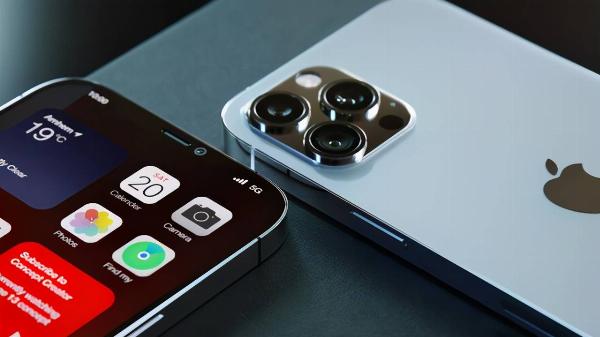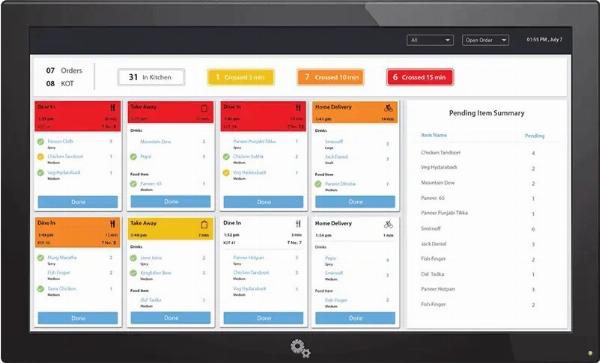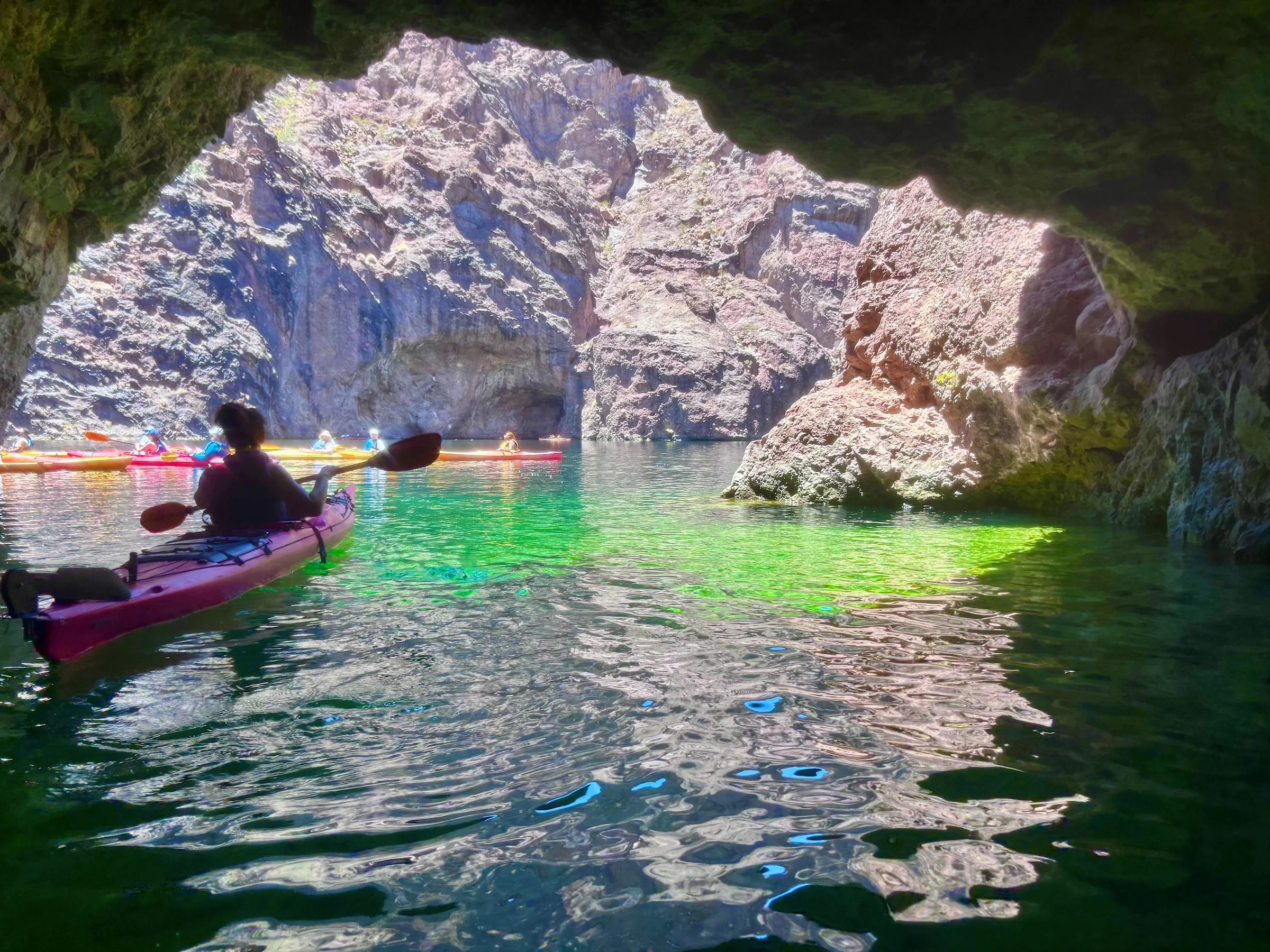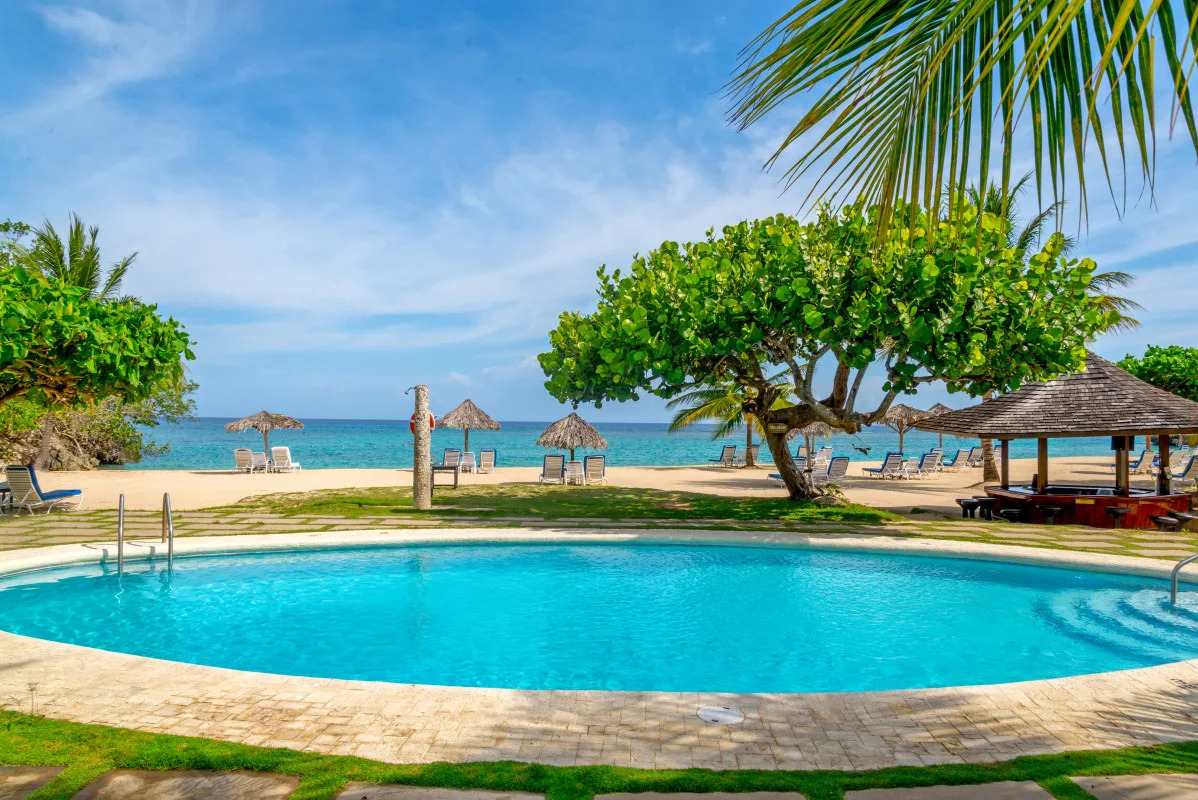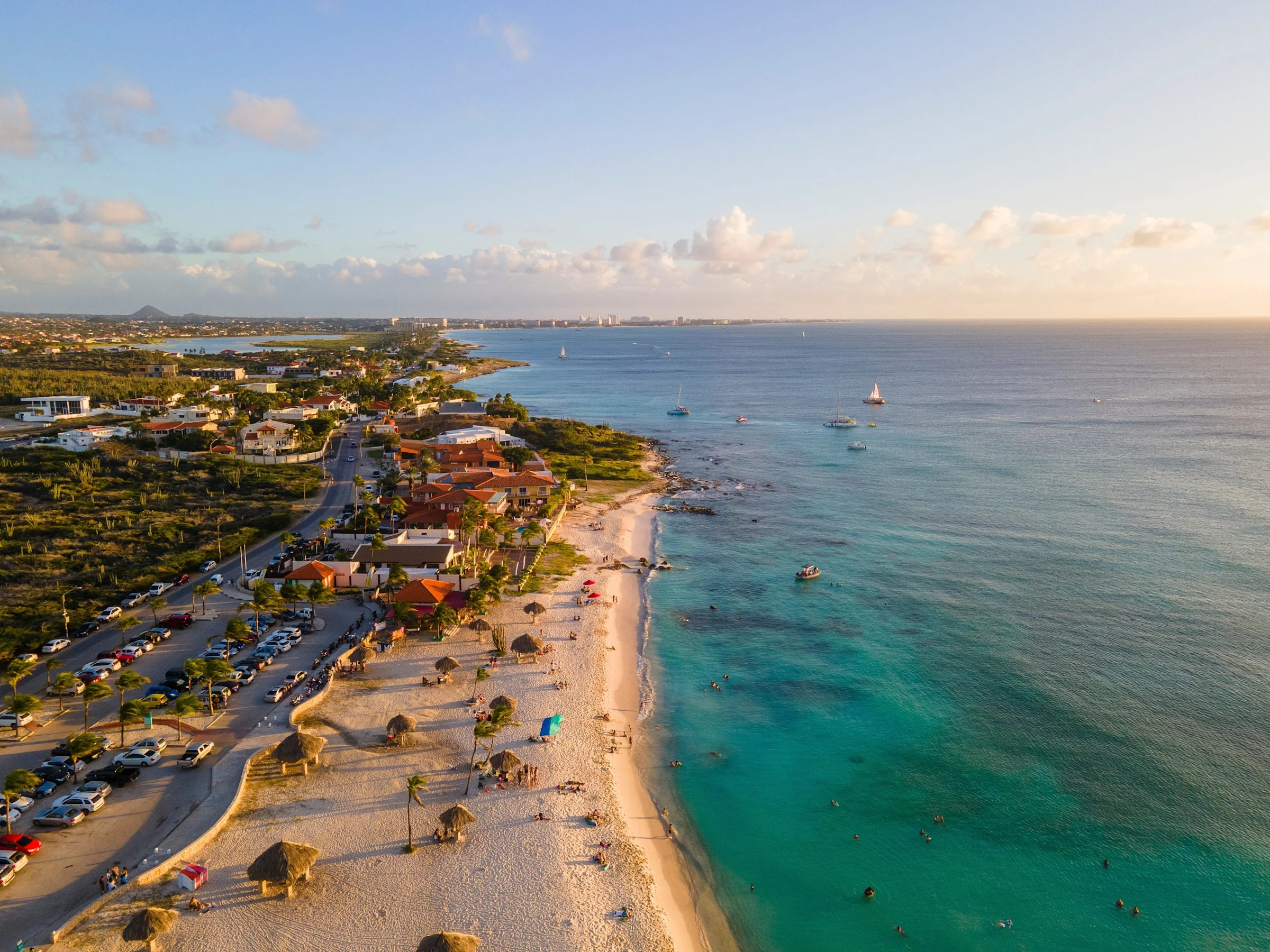The five major challenges of accessible cruising – and the trip which aims to tackle them all
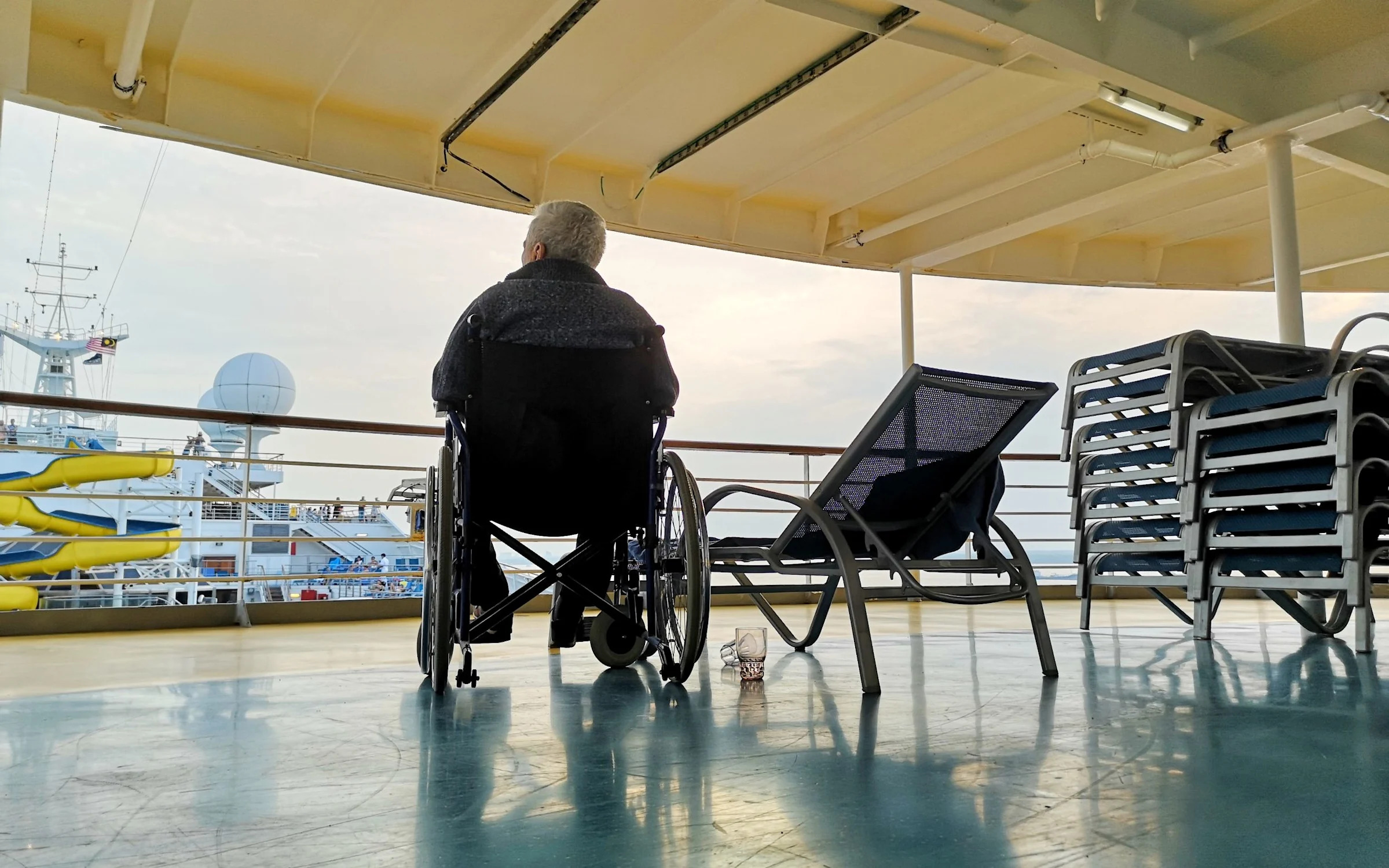
Cruising promises simplicity: unpack once, see the world and enjoy it all in one place. But for many disabled guests, that simplicity is still out of reach. Limited cabin availability, patchy accessibility information and variable support can turn a relaxing break into a logistical test.
A growing number of specialist operators are working collaboratively with cruise lines to improve this. On a recent Mediterranean voyage aboard P&O Cruises’ Arvia, Limitless Travel offered a supported group holiday designed specifically for disabled travellers and their companions – effectively targeting five of the greatest challenges facing disabled passengers. Their specialist model focuses on pre-planned accessibility and consistent onboard support. Not “special assistance” – but inclusion.
Here’s how they did it.
Issue one: Balancing support and independence
Cruising can amplify the tension between needing help and wanting autonomy. The ship’s size, new routines and packed schedules can push disabled passengers to choose between overexertion or accepting more support than they’d prefer. For travellers used to managing access alone, the idea of joining a supported group may seem limiting. In practice, many guests on this trip found that tailored assistance enhanced their independence and gave their loved ones a break too.
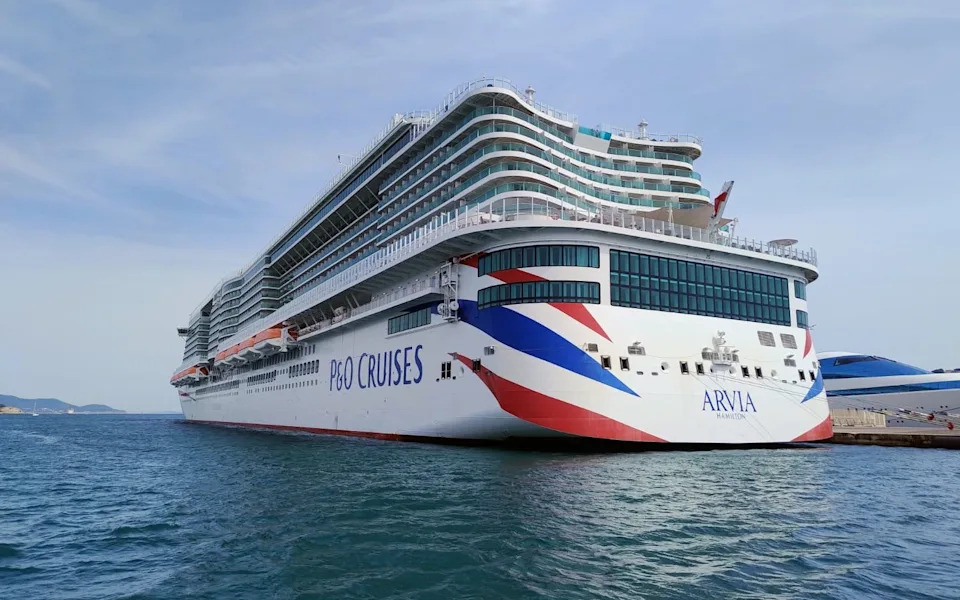 P&O Cruises’ Arvia, launched in 2022, has 55 wheelchair accessible cabins
P&O Cruises’ Arvia, launched in 2022, has 55 wheelchair accessible cabinsSome couples dined alone, guests explored at their own pace and joined group activities as they pleased. Limitless offered tiered care, from light-touch help to one-to-one support. Confidence often comes not from assistance, but from knowing help is there when needed.
AdvertisementAdvertisement#_R_1472adkalhb5fiv5vddbH1_ iframe AdvertisementAdvertisement#_R_2472adkalhb5fiv5vddbH1_ iframeMany asked whether this was better than travelling solo. For most, the answer was yes. I’d have struggled to even board the ship without assistance from Limitless, with ramps too steep for my power assist to handle. Once aboard, a member of the team escorted me to my muster station, and then to my cabin, luggage already waiting inside. Our tour manager remarked that embarkation day is always stressful, but to me, it felt seamless – a far cry from the chaos of accessible air travel.
Issue two: Accessible cabins
Cruise ship cabins adapted for those with special requirements are still limited in number. Disabled travellers are often told to book early – ideally a year or more in advance – creating pressure long before the holiday begins.
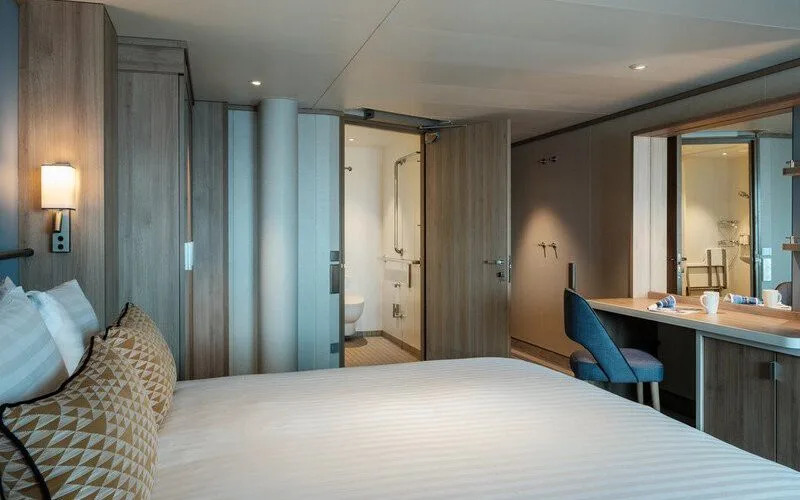 One of the accessible cabins on board P&O Cruises’ Arvia - P&O Cruises
One of the accessible cabins on board P&O Cruises’ Arvia - P&O CruisesLimitless, however, guarantees accessible cabins. Onboard Arvia, layouts featured generous turning space, automatic doors and wet rooms suitable for wheelchair users. Level access to balconies, bedside controls and a flexible wardrobe height all showed that a variety of needs had been considered. One guest said it was the first time a room had felt “designed for people, not patients.”
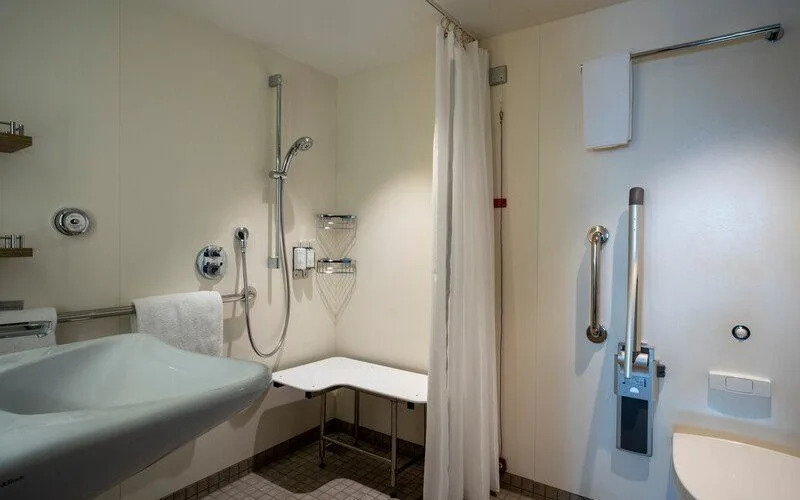 The bathrooms in these cabins include wet rooms and many other features suitable for wheelchair users - P&O Cruises
The bathrooms in these cabins include wet rooms and many other features suitable for wheelchair users - P&O CruisesIssue three: Excursions
For many disabled travellers, once they’ve dealt with getting on the ship, a new question arises – will I be able to get off and explore? Tender-only ports, steep gangways and inconsistent support at terminals can complicate what should be a simple day ashore. Even excursions marked as “accessible” can be unsuitable for full-time wheelchair users.
AdvertisementAdvertisement#_R_18n2adkalhb5fiv5vddbH1_ iframe AdvertisementAdvertisement#_R_28n2adkalhb5fiv5vddbH1_ iframeThese challenges are common across the industry, but Limitless Travel’s model helps reduce the risk. On this trip, transport was pre-arranged, support staff were on-hand and the team’s local knowledge proved invaluable, even when plans had to change. In Barcelona, a transport miscommunication caused delays. In Cadiz, a restaurant was unexpectedly unable to accommodate our group. But even with these hiccups, there was reassurance in knowing experienced professionals were calmly solving the problem.
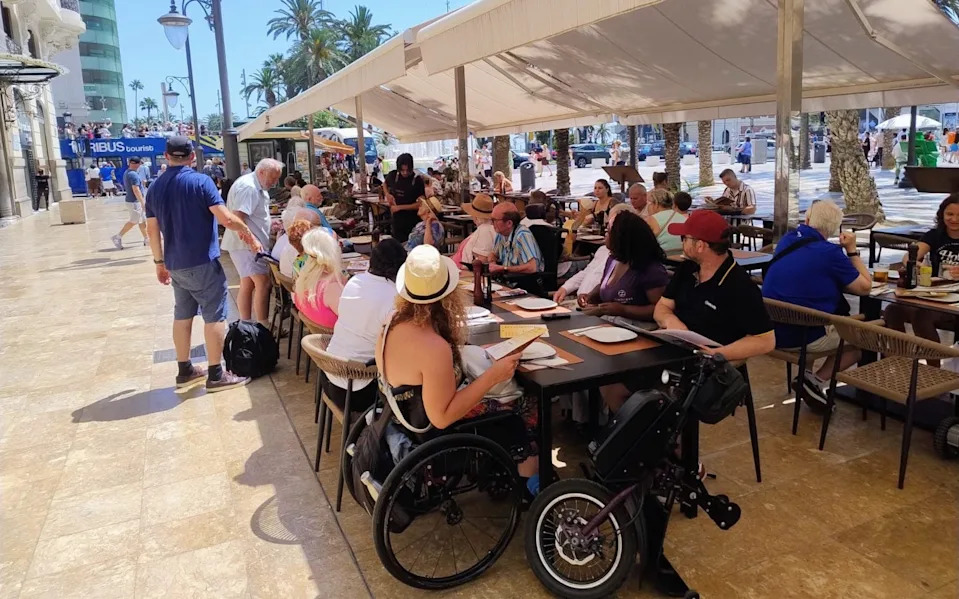 Enjoying a meal on shore during one of the excursions
Enjoying a meal on shore during one of the excursionsTravelling as a disabled person can often feel othering, as if your needs are just too complicated to be accommodated. There’s comfort in travelling with a supported group; a shared understanding that says: we’ve got you.
Issue four: Barriers in the small details
It’s not always the headline issues that define accessibility. Like most large cruise ships, some onboard facilities required forward planning or adaptation – a pool hoist that needed 24 hours’ notice, a spa with limited accessibility, and long walking distances between venues. During peak times, crowded buffet areas and lifts added to the strain.
These details mark the difference between getting by and travelling well. While no operator can address every variable, Limitless Travel anticipated many of them. Their team booked dining spaces, helped me navigate the ship and arranged for the hire of mobility scooters. They booked the pool hoist daily, so we didn’t have to. Shore-day meeting points were in quieter ship areas.
AdvertisementAdvertisement#_R_1c72adkalhb5fiv5vddbH1_ iframe AdvertisementAdvertisement#_R_2c72adkalhb5fiv5vddbH1_ iframeThe result was a sense of everyone working together to create the best possible trip for our group, with all individual needs considered.
Issue five: Customer service
Customer service is one of the most overlooked aspects of accessible travel. Disabled travellers are often expected to repeat their needs, explain requirements and troubleshoot issues as they go. This constant advocacy takes its toll.
On this trip, the labour was shared. Guests completed pre-departure forms, so I only had to explain my needs once. Sensitive medical information didn’t need to be shared in earshot of others. Staff were briefed in advance. There was no need to repeat, remind or renegotiate.
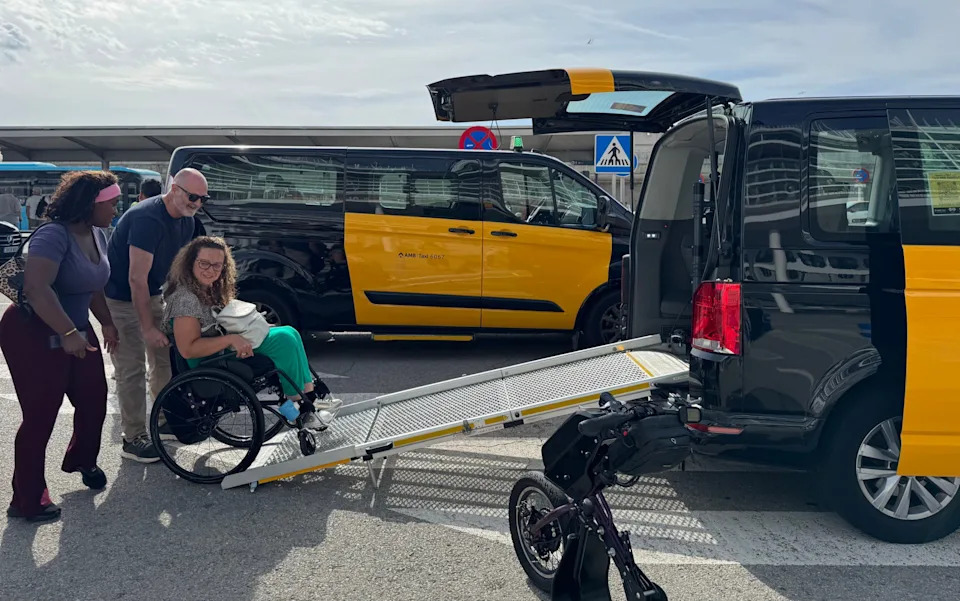 Key elements of the trip, such as adapted transport, were all arranged by Limitless Travel
Key elements of the trip, such as adapted transport, were all arranged by Limitless TravelIt was a proactive process that let guests enjoy the trip rather than manage it.
The verdict
According to a 2023 survey, 82 per cent of mobility-impaired cruise passengers see it as their most viable travel option. Cruise lines are responding, with more accessible cabins, trained staff, and clearer information.
AdvertisementAdvertisement#_R_1gn2adkalhb5fiv5vddbH1_ iframe AdvertisementAdvertisement#_R_2gn2adkalhb5fiv5vddbH1_ iframeAccessible cruising is possible without support, but Limitless shows what’s achievable when access is prioritised. Their approach avoids assumptions. It asks, listens, adapts.
This trip showed that access doesn’t need to be the compromise, it can be the starting point. And when that happens, disabled travellers don’t just get onboard. They experience cruising as it should be – accessible, informed, and inclusive.
Essentials
Carrie-Ann Lightley was a guest of Limitless Travel – with support from P&O Cruises, Avanti West Coast and Transmobility. Limitless offers a 14-night roundtrip sailing P&O Cruises’ Arvia from £4,199pp, beginning in Southampton and calling at A Coruña, Málaga, Alicante, Toulon, Barcelona and Cadiz. This includes door-to-door adapted transport, an accessible cabin, onboard care team, adapted excursions and 24/7 support. Departs August 3 and 17, 2025.
Broaden your horizons with award-winning British journalism. Try The Telegraph free for 1 month with unlimited access to our award-winning website, exclusive app, money-saving offers and more.





